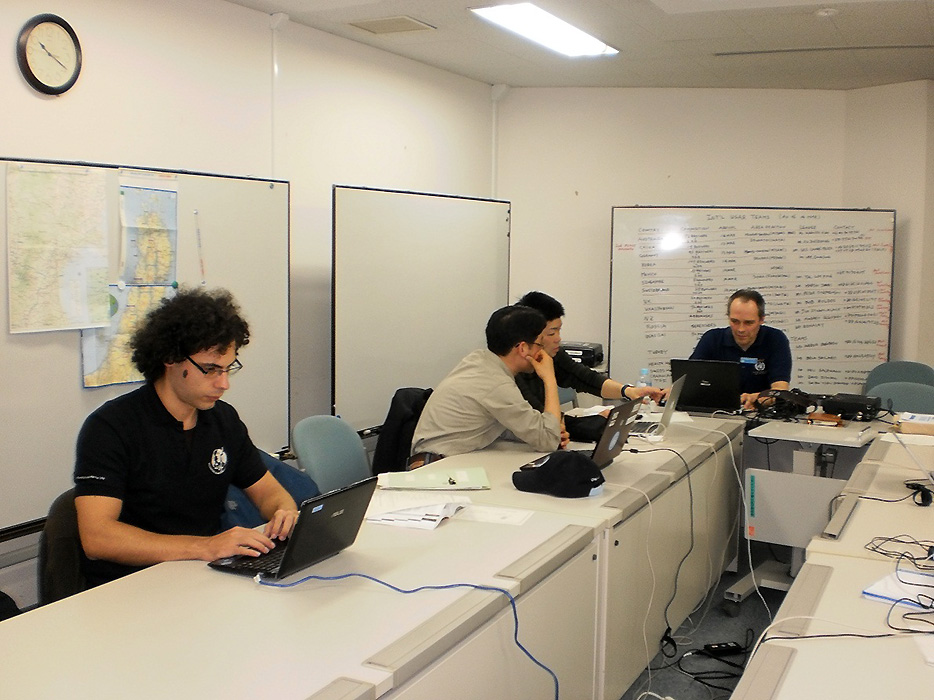Japan Tsunami
Context: Earthquake
Start date: 12/03/2011
End date: 15/03/2011
Areas of intervention: Fukushima
Activities: Support to coordination
Context
A record 9-magnitude earthquake hit the north-east of Japan on 11th March 2011 at 2.46pm local time. The resulting 10-meter tsunami that crashed into the eastern coast and swept away towns led to the worst nuclear accident since Chernobyl, when the Fukushima nuclear power plan was swamped and its reactor caught fire.
Reaching the affected areas proved to be very difficult owing to the petrol limitation and the heavy damage on the roads to the north. Significant areas of the country have remained without power and water for an extended period of time. Power cuts occurring even at the heart of the capital slowed down the operations. As of 11th March, landlines were unavailable in Sendai and some parts in Tokyo. The GSM network became over-saturated.
The government declared an atomic emergency amid growing international concern over its reactors, and thousands of people were evacuated. The uncertainty regarding the extent of the nuclear alert following the explosion of Fukushima nuclear reactor made the situation all the more complex.
Support to coordination
TSF deployed a team from its regional base in Bangkok to assess the needs in telecommunications and provide emergency telecommunications assistance. They carried satellite phones and terminals, as well as computer and IT devices.
The team worked in collaboration with the United Nations Disaster Assessment and Coordination teams (UNDAC) and the Ministry of Foreign Affairs of Japan (MOFA). On 15th March, TSF opened a wireless connection at the On-Site Operations Coordination Centre (OSOCC) based at the JICA Tokyo International Centre (Japan International Cooperation Agency), to strengthen information management and sharing.
Nevertheless, in light of the emergency nuclear situation, the Direction of TSF issued an evacuation order for its members on 15th March at 10pm GMT.












